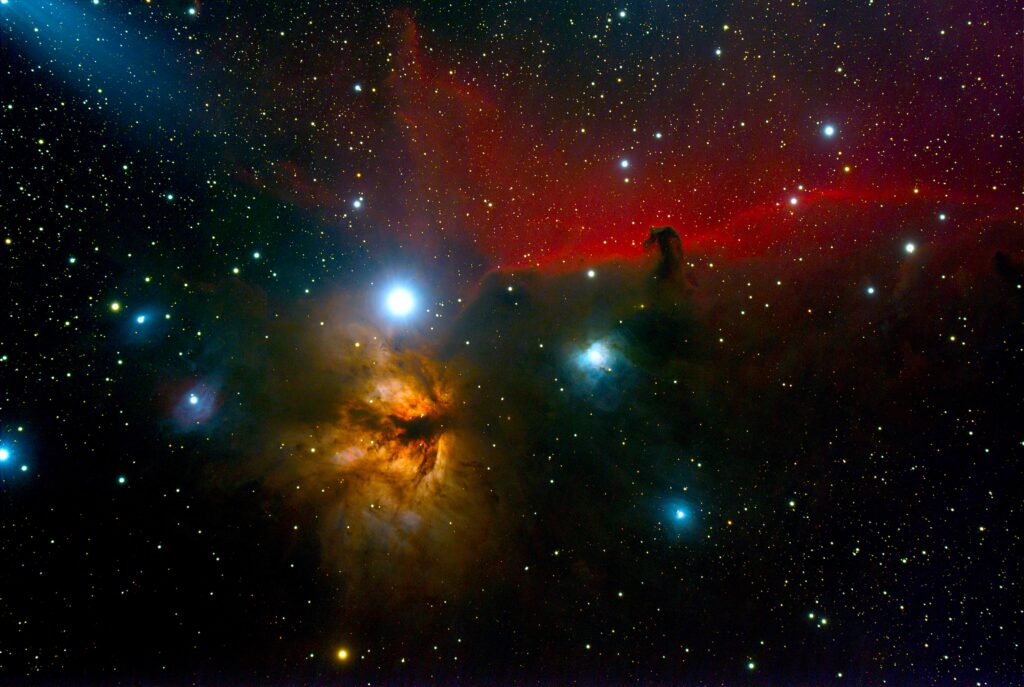Anza-Borrego Desert State Park and the nearby community of Borrego Springs earned prestigious designations that highlight their commitment to preserving the night sky. Anza-Borrego Desert State Park is recognized as an International Dark Sky Park, while Borrego Springs is celebrated as an International Dark Sky Community. These accolades, awarded by the International Dark-Sky Association (IDA), reflect significant efforts to reduce light pollution and protect the natural nocturnal environment.
Anza-Borrego Desert State Park: International Dark Sky Park
Anza-Borrego Desert State Park received its International Dark Sky Park designation in 2018. This recognition is given to parks that demonstrate a commitment to preserving the night sky through stringent lighting policies, public education, and community support. This designation signifies the Park’s exceptional quality of starry nights and nocturnal environment, making it a premier destination for stargazers and astrophotographers.
The Park’s remote location, coupled with efforts to minimize artificial light, creates ideal conditions for viewing celestial wonders. Visitors can experience the Milky Way stretching across the sky, meteors streaking through the darkness, and a myriad of stars twinkling overhead. The dark sky enhances the Park’s natural beauty, allowing visitors to connect with the desert landscape in a profound and awe-inspiring way.
Borrego Springs: International Dark Sky Community
Borrego Springs, the small town surrounded by the Park, holds the distinction of being an International Dark Sky Community. This title is reserved for communities that have shown exceptional dedication to preserving the night sky through responsible lighting practices, community education, and local support for dark sky initiatives. Borrego Springs has implemented strict outdoor lighting ordinances, ensuring that streetlights, homes, and businesses use shielded fixtures that minimize light pollution.
As a Dark Sky Community, Borrego Springs serves as a model for other towns and cities looking to protect their nocturnal environment. The community’s efforts not only improve the quality of life for residents but also attract visitors who come to experience the clear, star-filled skies.
Benefits of Dark Sky Designations
The designations of the Park and Borrego Springs as dark sky places bring numerous benefits:
Environmental Conservation: Reducing light pollution helps protect nocturnal wildlife, whose natural behaviors and ecosystems can be disrupted by artificial light.
Human Health: Exposure to natural darkness is vital for human health. Studies have shown that excessive artificial light at night can interfere with circadian rhythms, leading to sleep disorders and other health issues. Natural darkness supports the production of melatonin, a hormone that regulates sleep-wake cycles and has been linked to reduced risks of cancer, obesity, and depression. For further reading, see the study from the National Institutes of Health here.
Cultural and Educational Value: The night sky has been a source of wonder and inspiration for humanity throughout history. Preserving dark skies allows for continued cultural, scientific, and educational exploration.
Tourism and Economic Benefits: Dark sky designations attract tourists, boosting local economies. Stargazing events, astronomy tours, and astrophotography workshops are popular activities that draw visitors.
Community Pride: Being recognized as dark sky destinations fosters community pride and encourages further efforts to protect the night sky.
The designations of Anza-Borrego Desert State Park as an International Dark Sky Park and Borrego Springs as an International Dark Sky Community highlight their commitment to preserving the natural night sky. These efforts provide significant environmental, health, cultural, and economic benefits, ensuring that the beauty of the stars remains accessible to future generations.
Photos taken by Herbert Hamber, Professor of Physics & Astronomy, UCI School of Physical Science. The photos were taken in the spring at Steele/Burnand Anza-Borrego Desert Research Center, our partner. To see what each photo is of, click on photo to read caption.





